The weather has turned to winter, the question "Should I wear socks to bed?" has become a hot topic in families. Some people support it because they believe that wearing socks keeps you warm and helps you sleep better. On the contrary, some people believe that wearing socks affects blood circulation, especially in children. So what is the truth?
According to a study by Korean doctors published in the journal Physiological Anthropology, the ideal room temperature for sleep is between 18 degrees Celsius and 21 degrees Celsius.
However, this number is not absolute, each person has a different level of comfort. Gender also affects the ideal temperature when sleeping. Women have a lower resting metabolic rate than men, so they are more sensitive to cold sleeping environments (women like warmth). Men often tolerate colder room temperatures (men are afraid of heat).
According to research, wearing socks to bed can somewhat reduce this feeling of cold, even if you leave your feet outside the blanket.
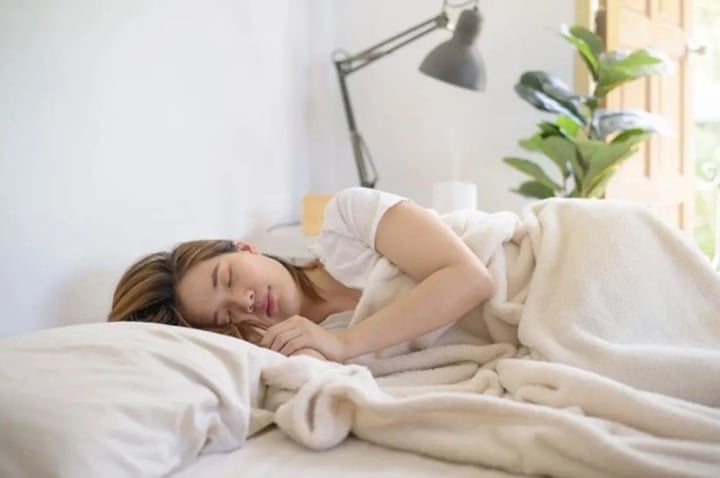
The ideal room temperature for sleep is between 18 degrees Celsius and 21 degrees Celsius. (Photo: CCTV)
In addition to keeping your feet warm and reducing the discomfort of cold, wearing socks to bed has deeper physiological reasons. Our body temperature changes according to our circadian rhythm during the day.
When awake, our body temperature is around 37°C, with fluctuations of up to 0.5°C during the day. At night, our body naturally lowers its core temperature to help us fall asleep. This is also why a lower room temperature is beneficial for sleep.
Are cold feet a sign of low core temperature? The answer is no. If your feet are too cold, your body responds by diverting blood and heat to your core, raising your core temperature a notch or two.
Cold feet simply mean low peripheral temperature, not necessarily low core temperature. At this time, wearing a pair of comfortable socks not only warms the feet but also helps dilate peripheral blood vessels (increase blood flow to the hands and feet, dilate blood vessels that have contracted due to cold), improve blood circulation throughout the body, and help release more heat through the skin. From there, the body's core temperature drops faster, helping us fall asleep more easily.
One study found that participants who used socks or other methods of warming their feet not only fell asleep faster, but also slept longer and had better overall sleep quality.
So for people with sleep disorders, is wearing socks to sleep better? This is uncertain. However, research results also show that warming feet before going to bed can reduce insomnia symptoms.
The impact of warming feet on sleep
According to research, simply warming your feet for 20 minutes before bed can reduce symptoms of insomnia and fatigue. Another study found that people with insomnia slept better after warming their hands and feet.
However, the study also showed that warming the feet did not change symptoms in elderly insomnia patients. It is possible that age affects the effect of warming the feet before sleep.
In addition to helping you fall asleep faster and stay asleep longer, some studies have shown that wearing socks to bed has other benefits. Wearing socks to bed may help prevent hot flashes in menopausal women. Menopausal hot flashes are caused by an increase in core body temperature, which can occur when you are awake or asleep.
While there are other factors that influence hot flashes, such as hormone levels, wearing socks to bed helps lower your core body temperature, which may help you avoid hot flashes in the middle of the night.
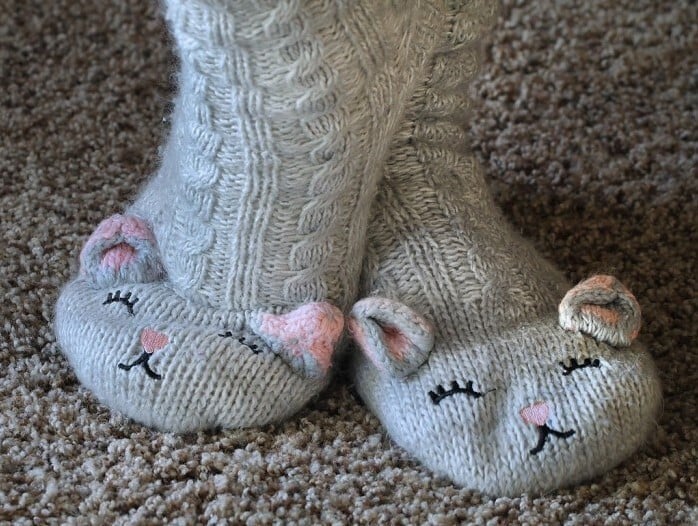
In addition to helping you fall asleep faster and stay asleep longer, some studies have shown that wearing socks to bed has other benefits. (Photo: CCTV)
Wearing socks to bed can also help relieve symptoms of Raynaud's syndrome. Raynaud's syndrome is a condition in which blood flow to the blood vessels is reduced due to spasms of the blood vessels, affecting both the hands and feet, often due to exposure to cold environments.
This condition can cause pain, discoloration (paleness) of the skin, and a feeling of coldness or numbness in the hands and feet. Wearing socks to bed can help protect against the cold, especially in winter, and may help reduce the symptoms of Raynaud's.
Should children wear socks to bed?
Currently, research on wearing socks to sleep is limited to adults, so it is difficult to make evidence-based recommendations about whether children and infants should wear socks to sleep.
In general, socks that are too tight restrict blood circulation, which can be dangerous. If you have circulation problems, swollen feet, or limited blood flow to your feet, wearing socks to bed may not be right for you.
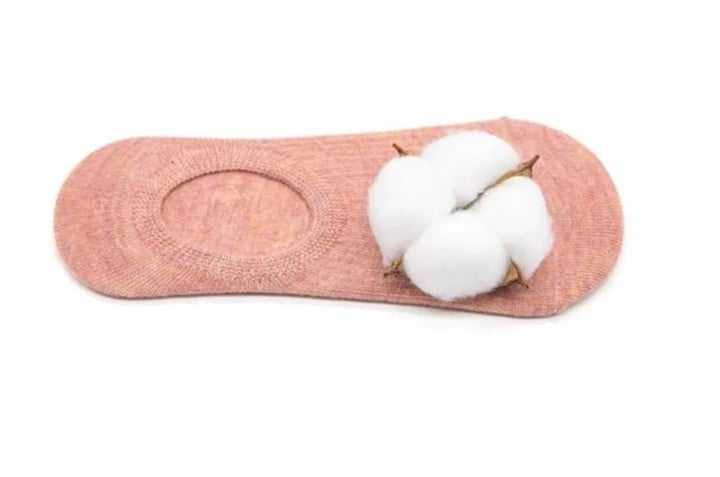
When choosing socks, choose loose, breathable socks to ensure normal blood circulation, and avoid wearing tight socks. (Photo: CCTV)
So when choosing socks, you should choose loose, breathable socks to ensure normal blood circulation, avoid wearing tight socks (unless there is a medical indication, but you should consult a specialist). Usually, socks made from natural materials are better than synthetic materials (such as polyester). You should choose cashmere or merino wool socks, cotton socks or loafers.
According to doctors, if you don't want to wear socks but still want to sleep well, try the following tips: soak your feet or take a hot bath before going to bed.
Source: https://vtcnews.vn/nghien-cuu-giup-ban-tra-loi-cho-cau-hoi-di-ngu-co-nen-mang-tat-ar911554.html




![[Photo] Cat Ba - Green island paradise](/_next/image?url=https%3A%2F%2Fvphoto.vietnam.vn%2Fthumb%2F1200x675%2Fvietnam%2Fresource%2FIMAGE%2F2025%2F12%2F04%2F1764821844074_ndo_br_1-dcbthienduongxanh638-jpg.webp&w=3840&q=75)



















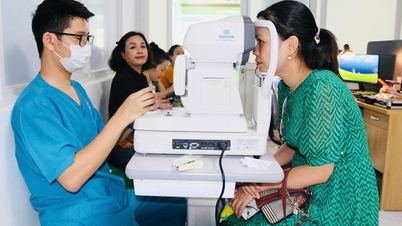
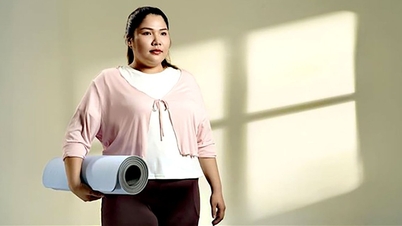





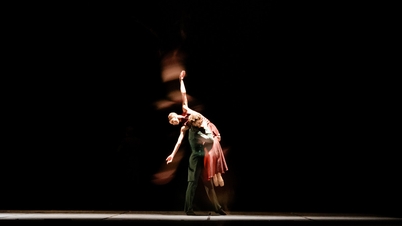








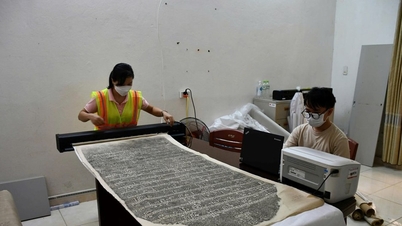






















![[VIMC 40 days of lightning speed] Da Nang Port: Unity - Lightning speed - Breakthrough to the finish line](https://vphoto.vietnam.vn/thumb/402x226/vietnam/resource/IMAGE/2025/12/04/1764833540882_cdn_4-12-25.jpeg)






















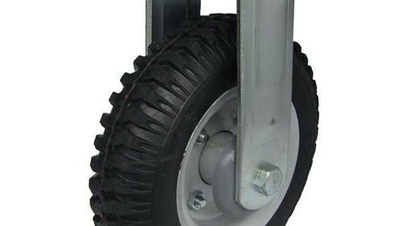
























Comment (0)